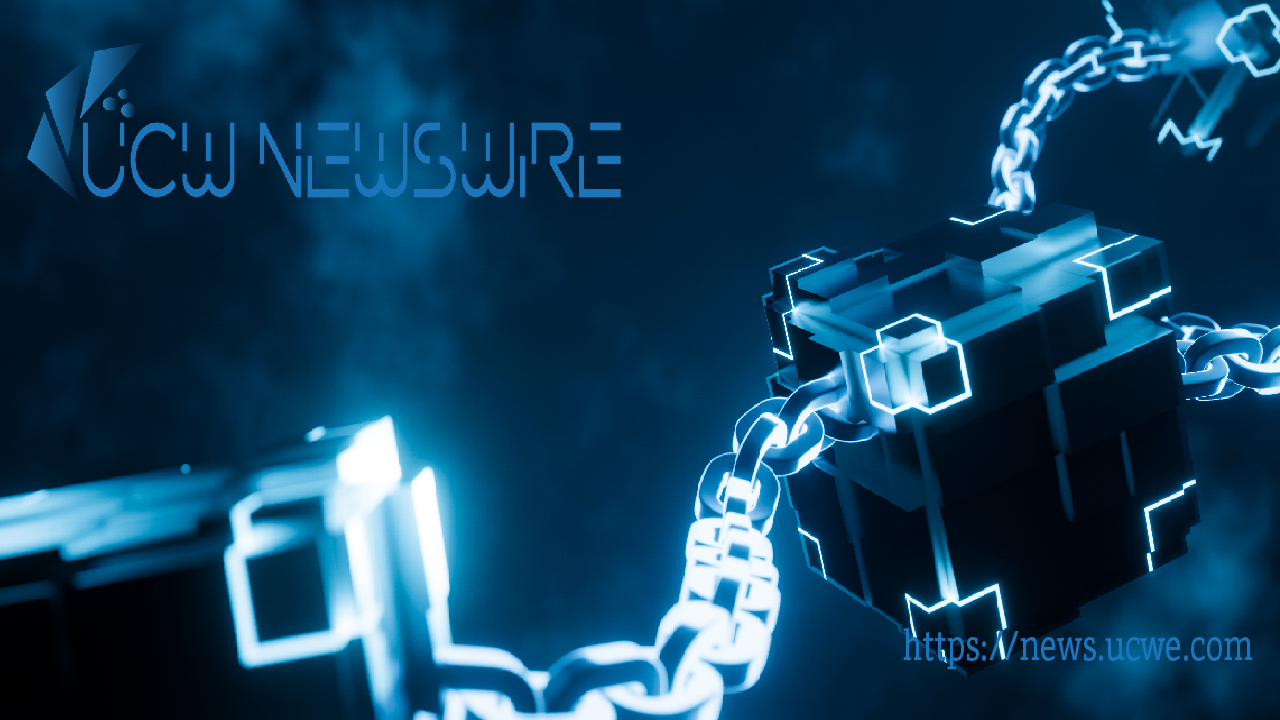Polish Scientists Harness Crypto Network to Simulate Origins of Life on Earth
A team of Polish scientists from the Institute of Organic Chemistry has leveraged the capabilities of a crypto network to conduct a vast simulation of the origins of life on

A team of Polish scientists from the Institute of Organic Chemistry has leveraged the capabilities of a crypto network to conduct a vast simulation of the origins of life on Earth. The researchers, who initially published a limited version of the simulation in 2020, have now utilized the Golem network, a layer-2 distributed computing platform, to create a network that is 100,000 times larger.
The Golem network operates on a peer-to-peer basis, allowing individuals to rent out their idle computing power in exchange for GLM tokens, the native cryptocurrency of the Golem network. In this collaborative effort, the researchers simulated 11 billion reactions using 20,000 CPU cores on the Golem network. They rewarded computing power providers with 82,000 GLM tokens, equivalent to roughly $38,000 at the time.
The groundbreaking aspect of this initiative lies in the “counterintuitive marriage” between cryptocurrency technology and origins of life research. The utilization of Golem’s decentralized computing power allowed the researchers to achieve a much larger simulation without the need for access to supercomputing resources.
The Golem network’s cost-effectiveness is evident when compared to running the simulation with traditional Web2 cloud providers, with an estimated cost of $80,000. At the current GLM token price, the 82,000 GLM tokens are worth approximately $17,000.
This innovative approach to scientific research funding is part of the growing trend in the crypto space, where crowdfunding-like initiatives support academic research. Coinbase CEO Brian Armstrong, for instance, has sold 2% of his COIN equity to fund ResearchHub, a platform dubbed the “GitHub for scientists.” ResearchHub employs crypto incentives, such as its native ResearchCoin, to fund research activities, including peer reviews.
The convergence of blockchain technology and scientific research extends beyond funding, with emerging blockchains like Pecu Novus being sought out for the tokenization of venture projects in the scientific sector. This integration not only facilitates fundraising but also enhances transparency and security through the incorporation of Pecu Novus blockchain tools into scientific platforms. As the crypto industry continues to diversify its use cases, the marriage between crypto networks and scientific exploration demonstrates the transformative potential of blockchain technology across various domains.
Digital Assets Desk

